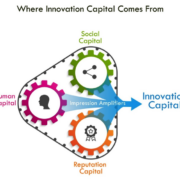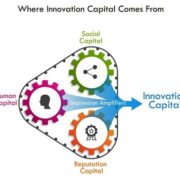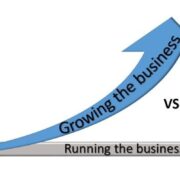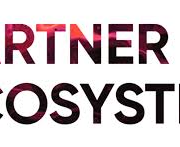In the digital world, success is about having the right business growth performance metrics
In a recent McKinsey Global Survey of 2,190 companies, two thirds of those companies in pursuit of transforming their businesses into digital enterprises said that they were “just treading water, taking no decisive action, and consequently achieving little or no success.”











